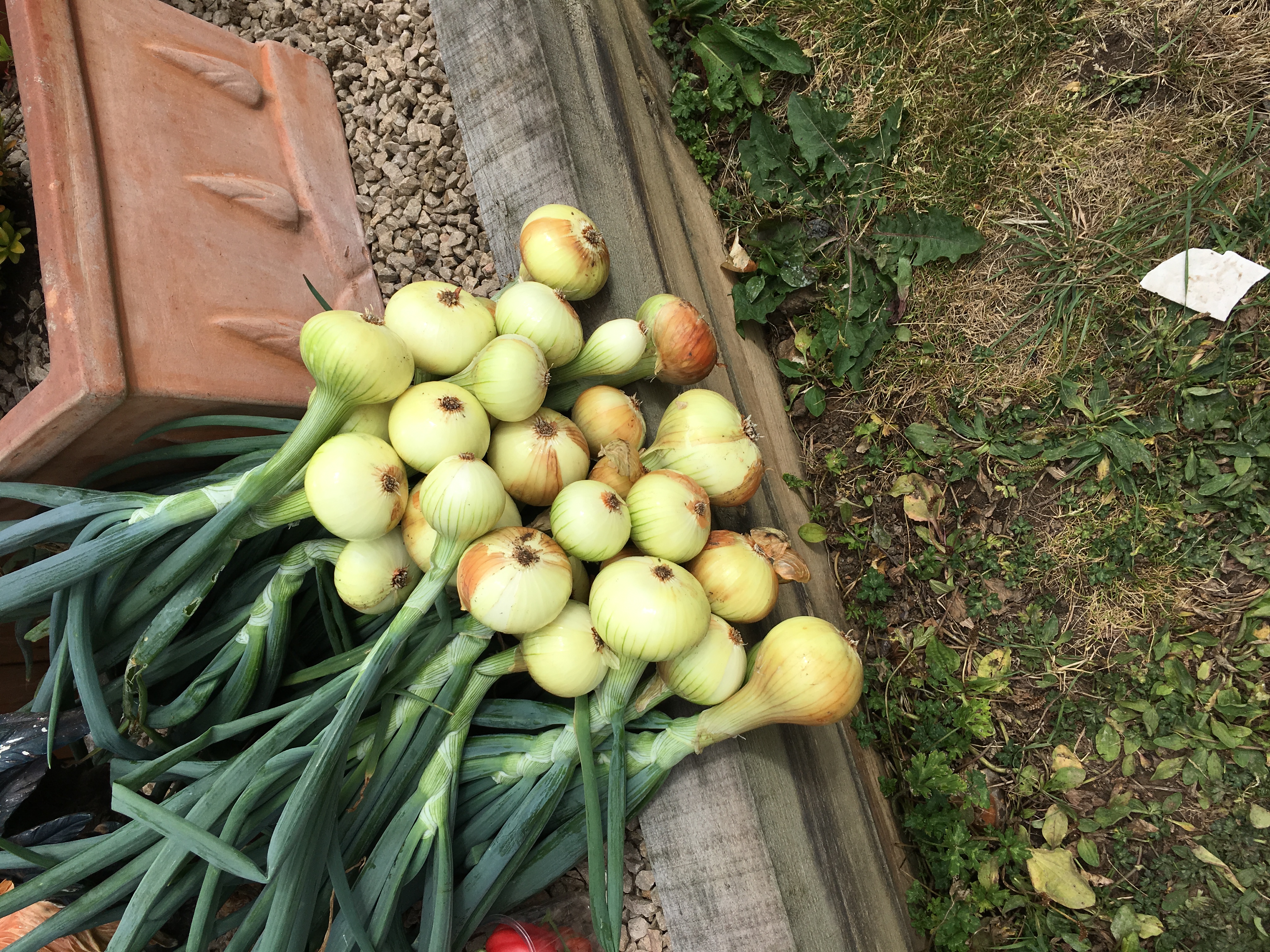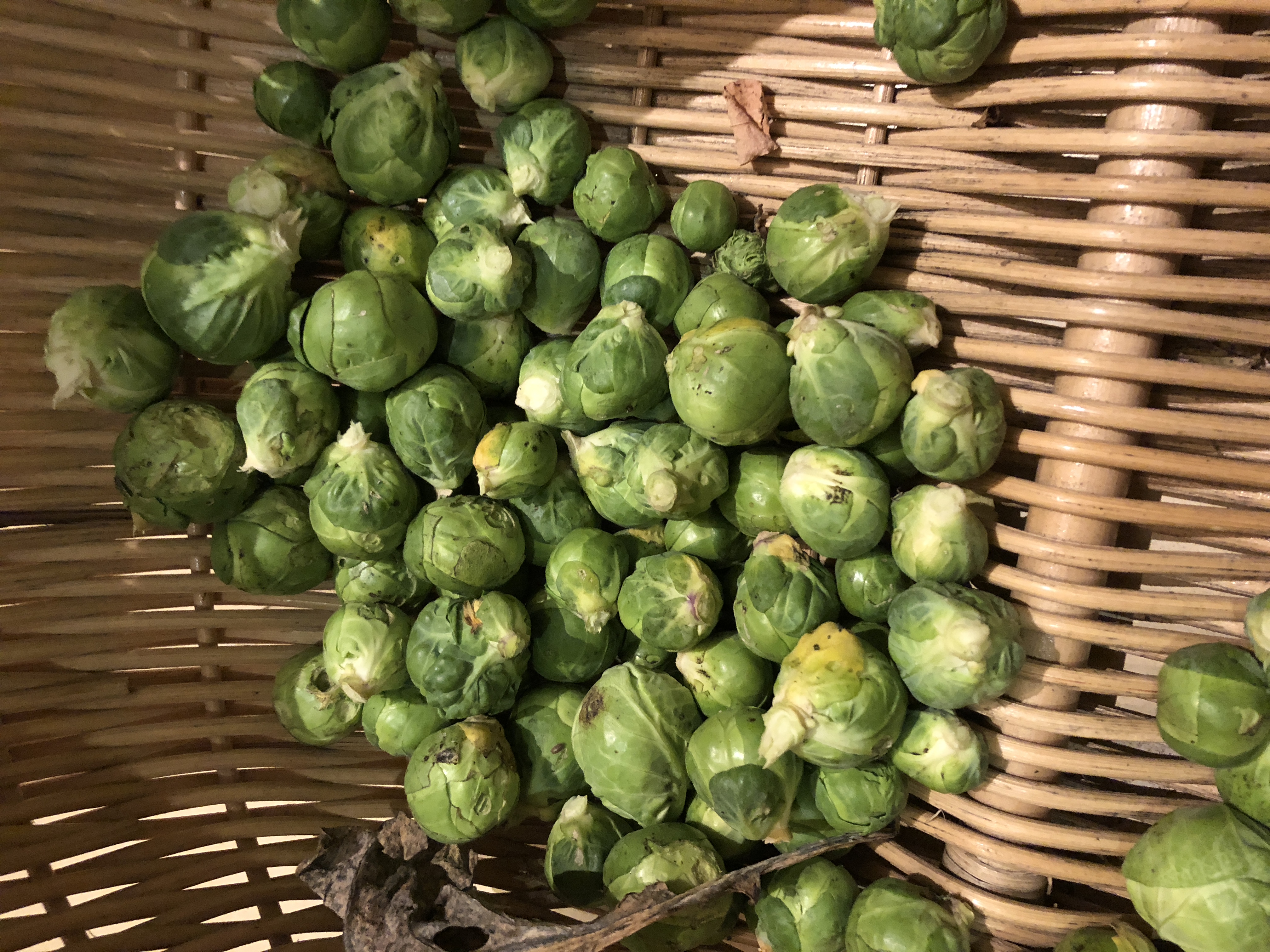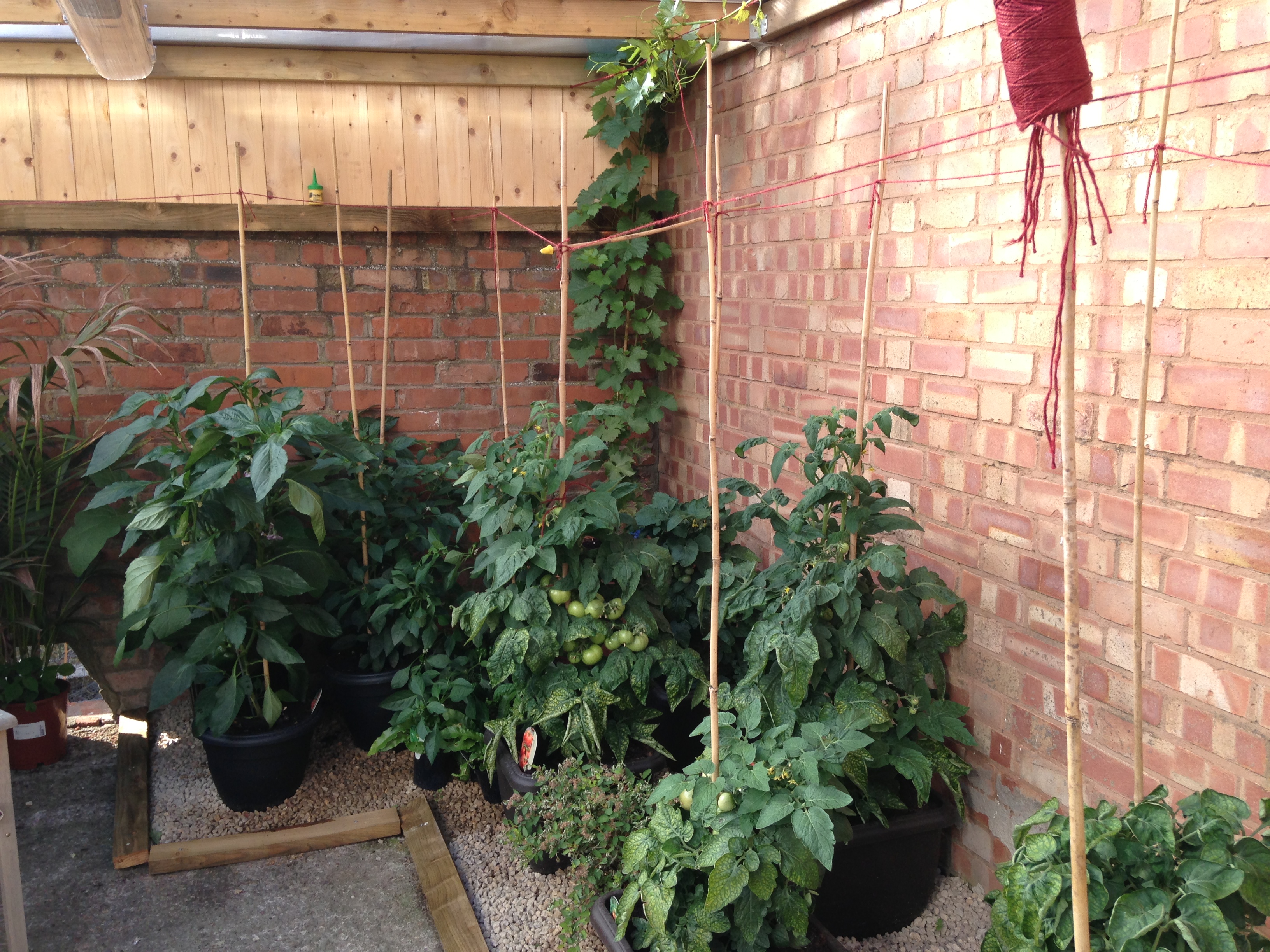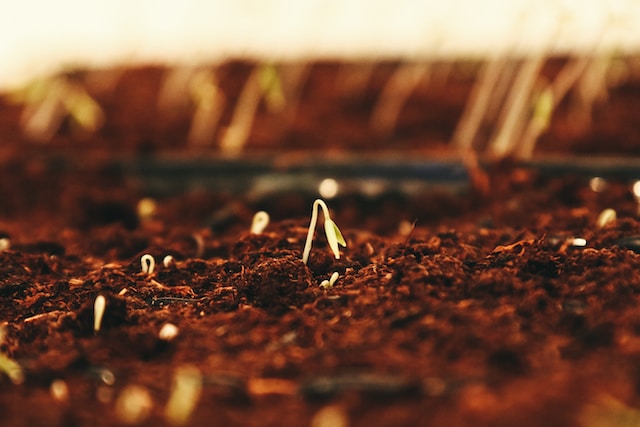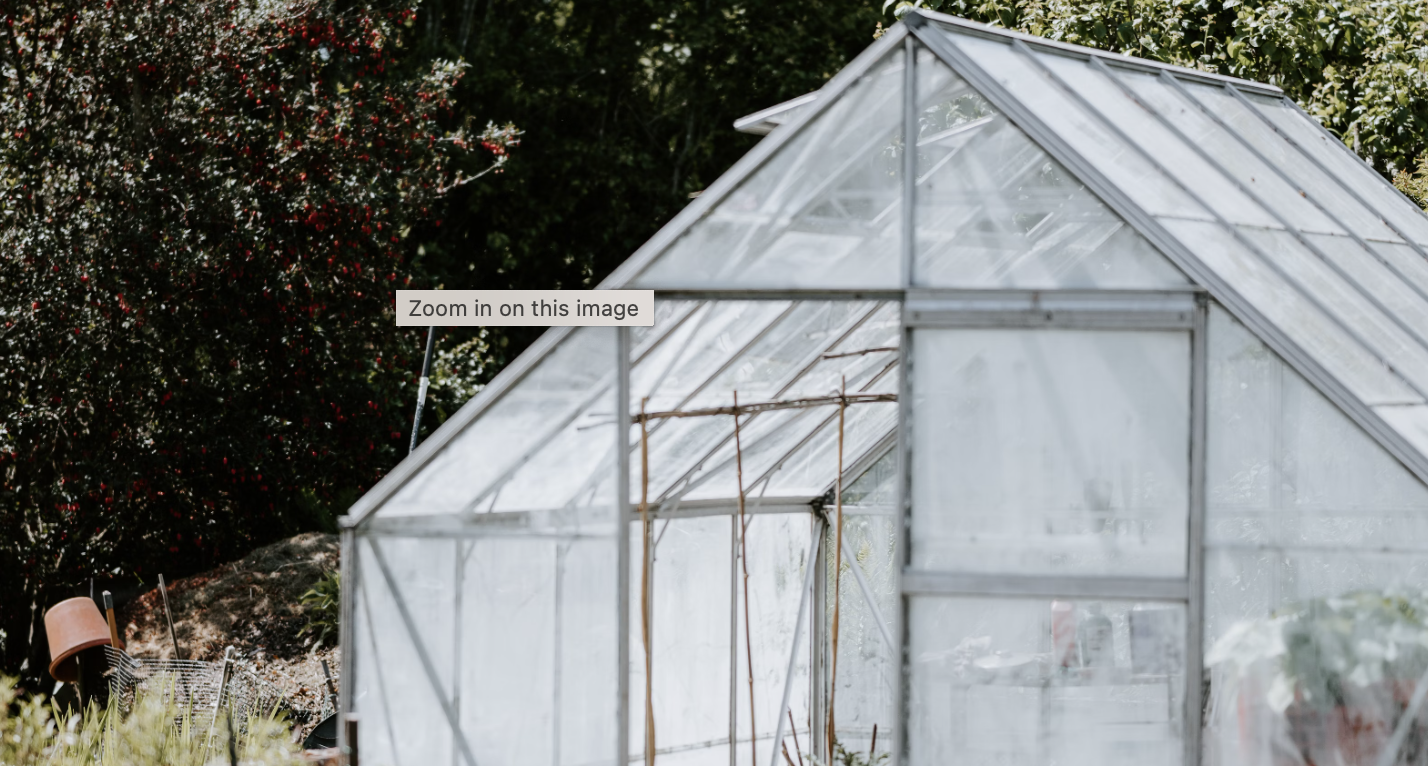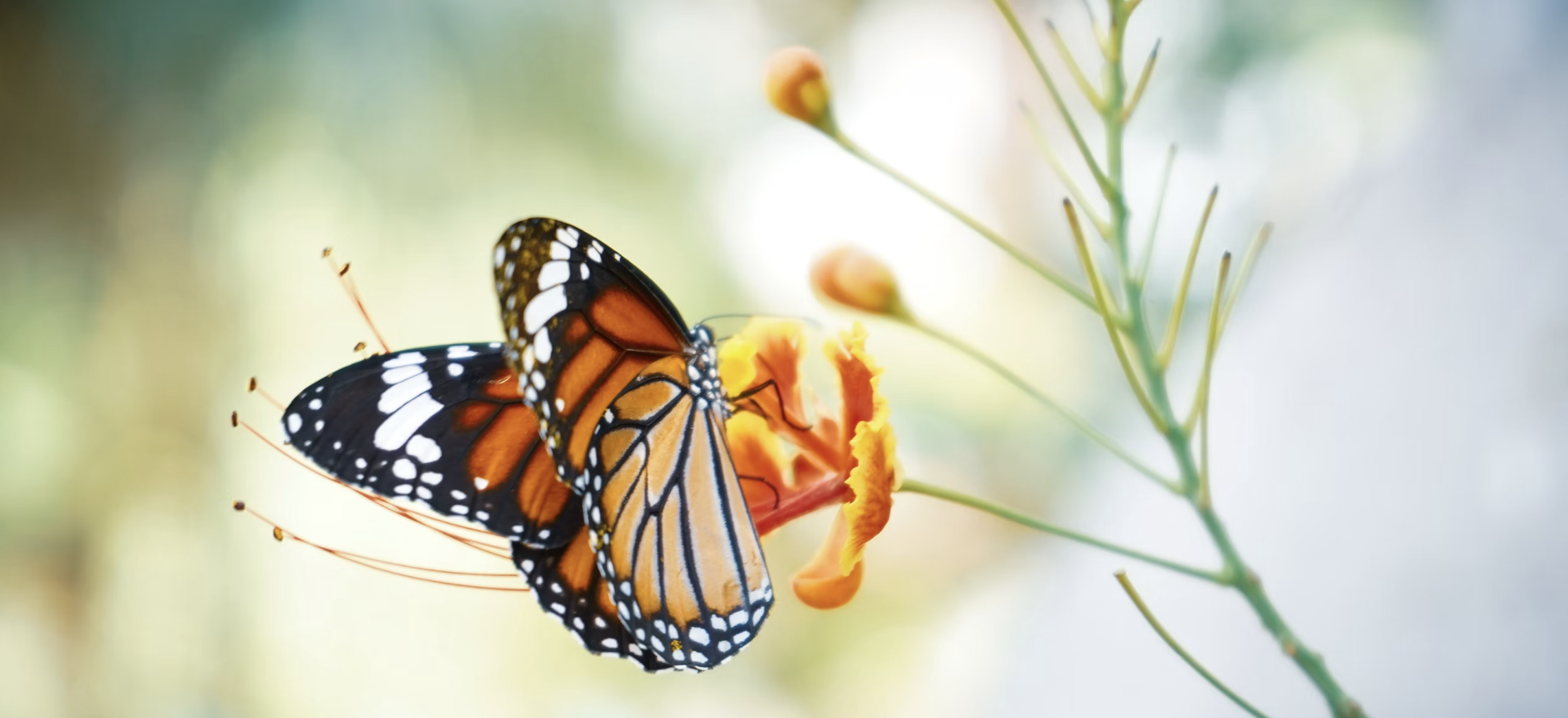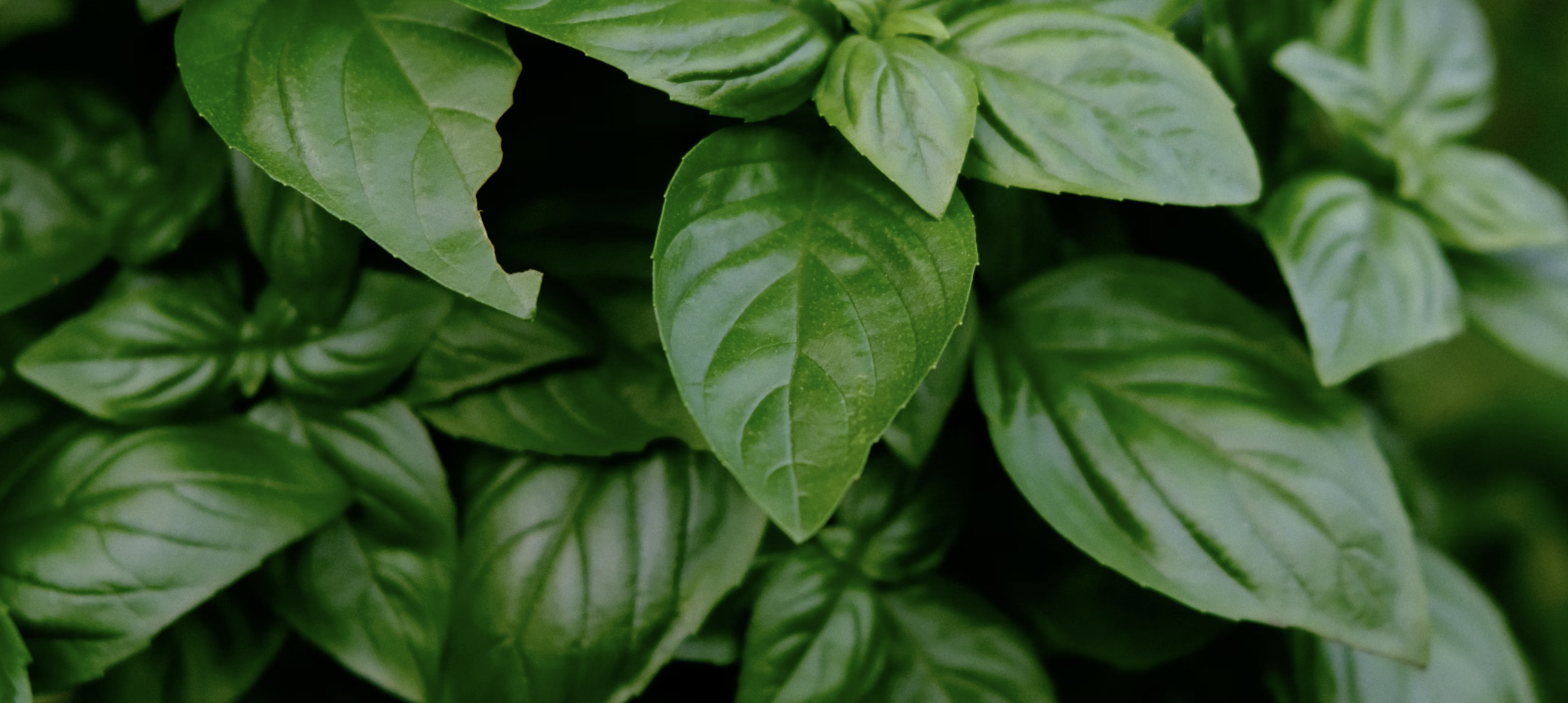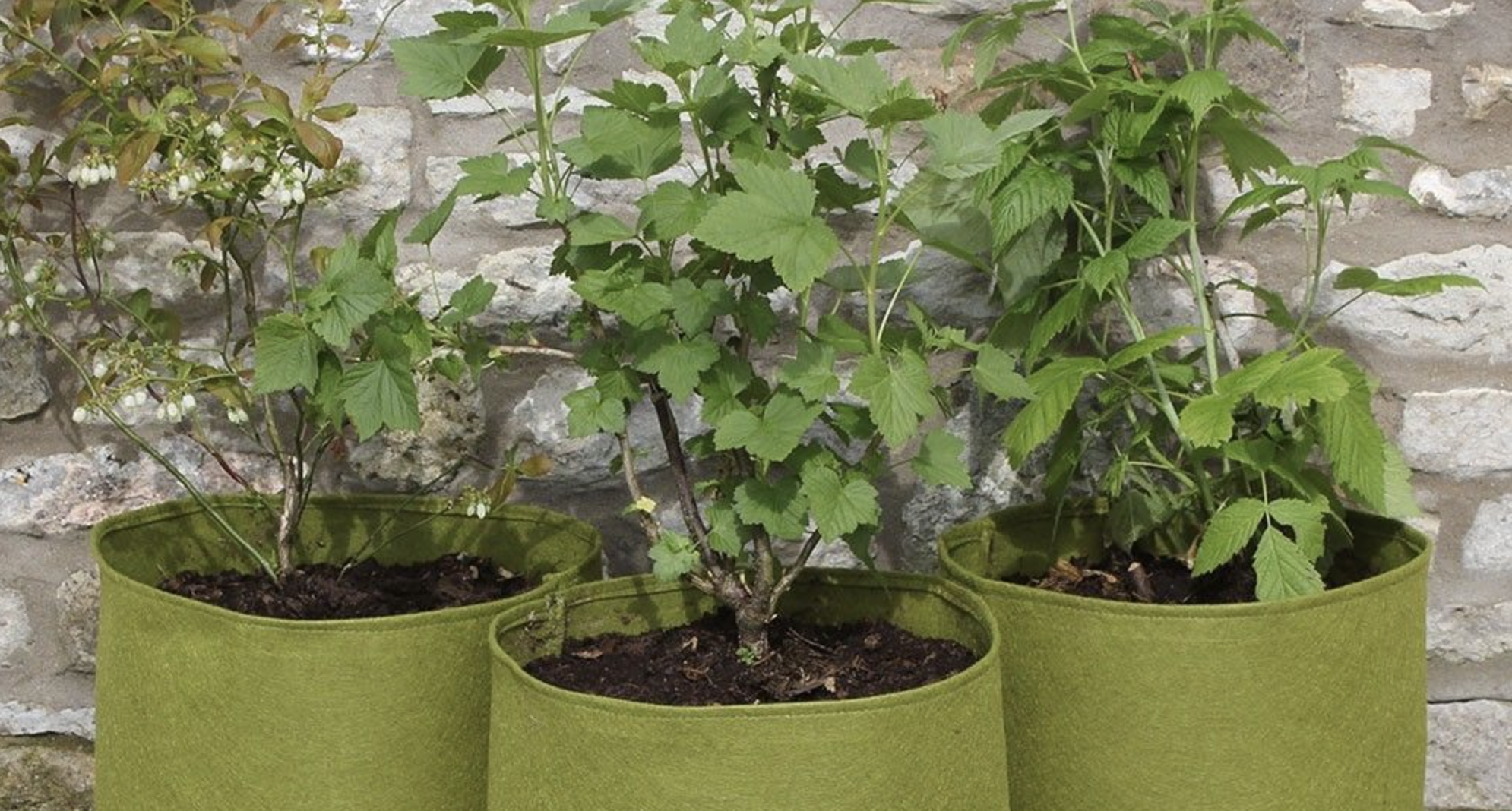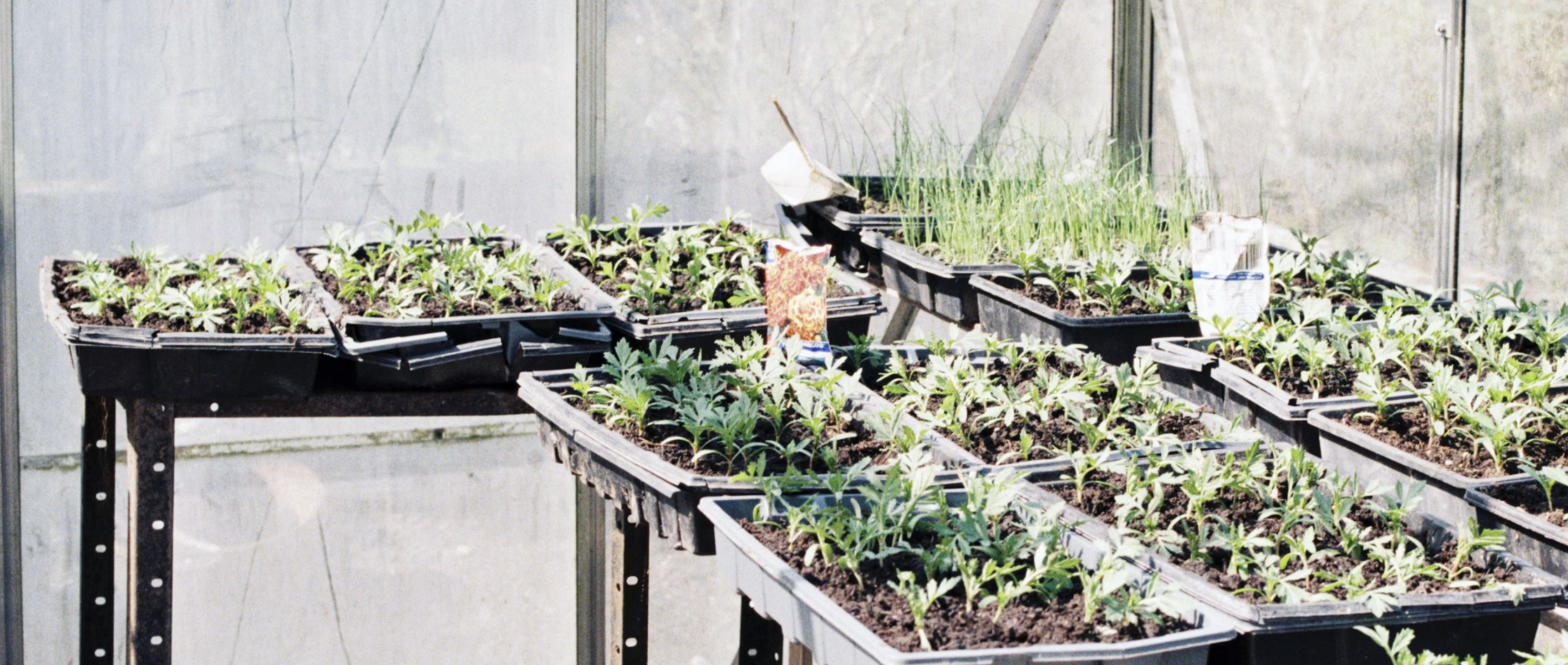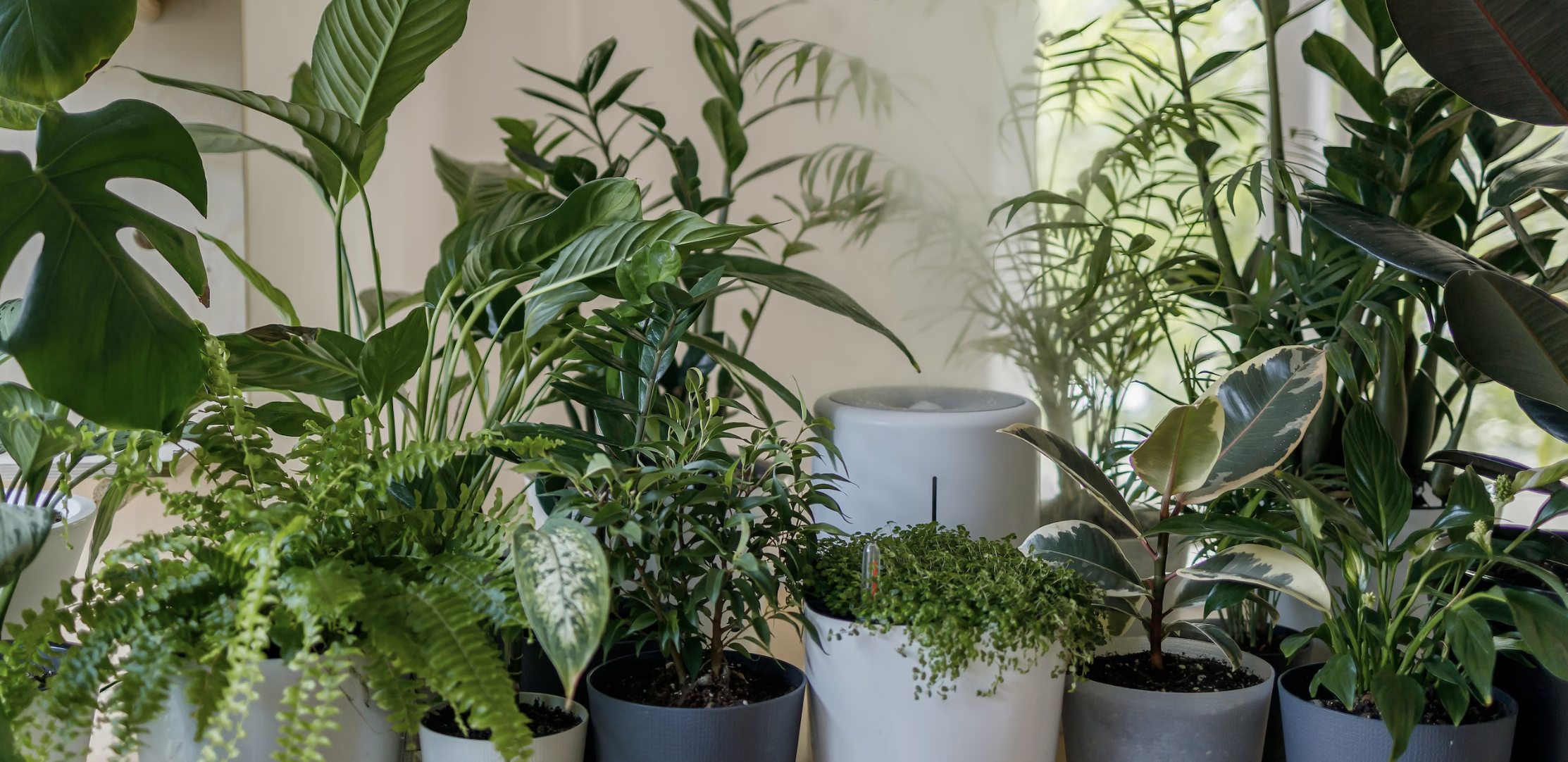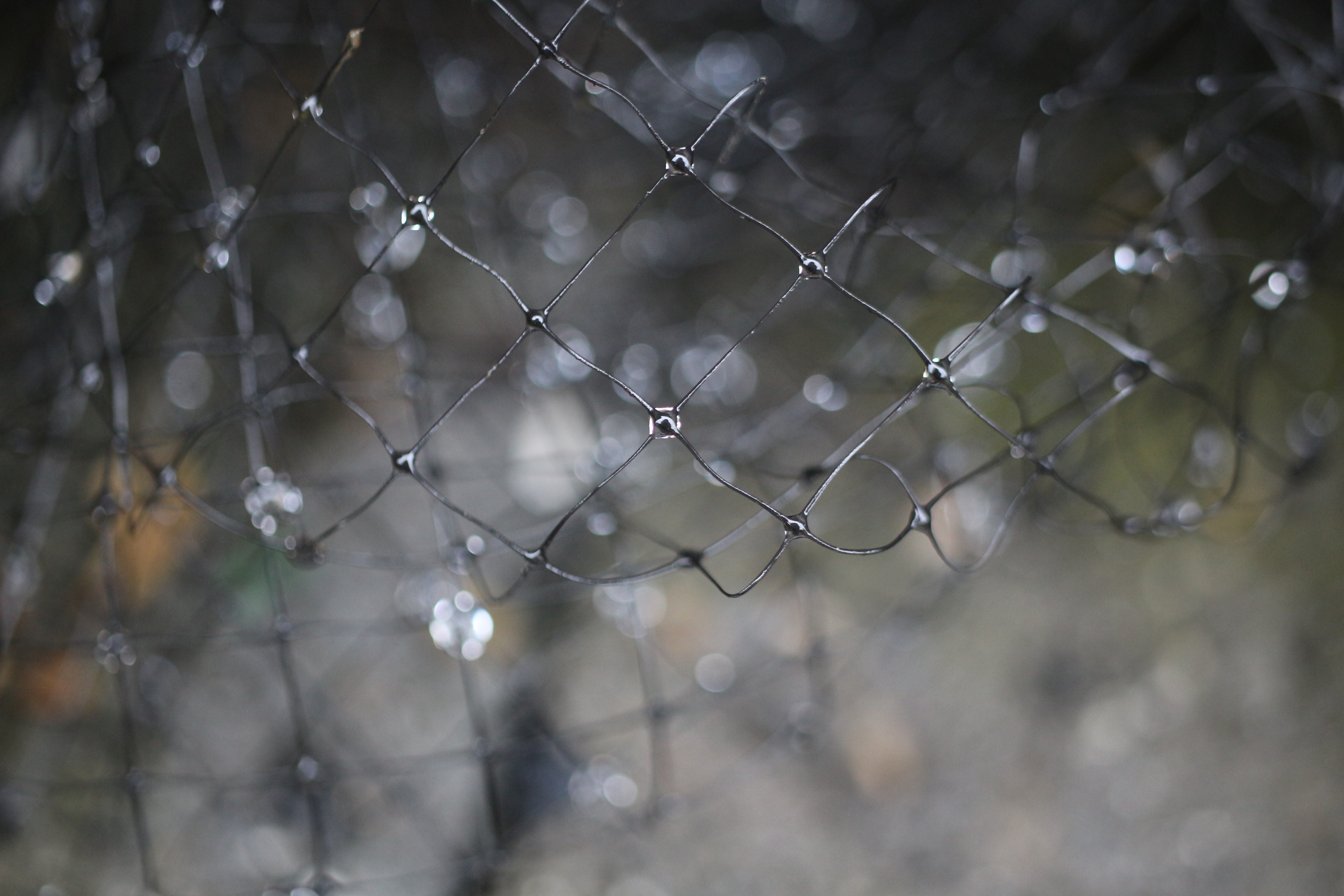
Are you tired of seeing your precious plants being destroyed by pests and birds? Do you wish there was a way to protect your garden and boost your harvest? Look no further than garden netting! With its versatile uses and ability to safeguard your plants, garden netting is a must-have for any gardening enthusiast.
Whether you are growing fruits, vegetables, or flowers, garden netting provides a protective barrier against unwanted intruders. It acts as a shield, preventing birds, rabbits, squirrels, and other critters from feasting on your hard-earned harvest. Not only does it keep pests at bay, but garden netting also helps protect delicate plants from strong winds and harsh weather conditions.
But garden netting is not just about protection. This versatile tool also offers numerous other benefits. It provides shade and regulates temperature, creating an ideal environment for your plants to thrive. Moreover, it can even deter butterflies and bees from laying their eggs on susceptible crops, reducing the risk of infestations.
Investing in garden netting is a smart choice for any gardener who wants to ensure the success of their harvest. Say goodbye to damaged plants and hello to bountiful yields with the help of garden netting.
What is garden netting?
As a gardener, you put in a lot of time, effort, and love into nurturing your plants. It can be heartbreaking to see all your hard work go to waste when pests and birds devour your precious crops. That's why protecting your plants should be a top priority.
Garden netting acts as a physical barrier between your plants and potential threats. It creates a shield that prevents pests from reaching your crops, ensuring that your harvest is safe from harm. By investing in garden netting, you can enjoy the fruits of your labor without having to worry about intruders.
In addition to protecting your plants from pests, garden netting also shields them from harsh weather conditions. Strong winds can break delicate stems and flowers, causing irreversible damage. With the help of garden netting, you can create a microclimate that buffers your plants from the elements, allowing them to flourish even in adverse conditions.
Benefits of using garden netting
Garden netting is a versatile tool made from lightweight, durable materials such as nylon or polyethylene. It is specifically designed to protect plants from pests, birds, and other potential threats. Garden netting comes in various sizes and mesh densities to suit different types of plants and gardening needs.
The mesh size of the netting determines the level of protection it offers. Smaller mesh sizes, such as 1/4 inch, are ideal for keeping out small pests like aphids and caterpillars. Larger mesh sizes, such as 2 inches or more, are suitable for deterring birds and larger animals. Choosing the right mesh size is crucial to ensure effective protection for your plants.
Garden netting is available in different forms, including rolls, sheets, and individual pieces. Rolls of netting are convenient for covering larger areas, such as entire raised beds or rows of plants. Sheets and individual pieces are useful for protecting individual plants or smaller garden sections.
Types of garden netting
1. Protection from Pests: The primary benefit of garden netting is its ability to keep pests away from your plants. Birds, rabbits, squirrels, and other critters can wreak havoc on your garden, eating through leaves, fruits, and vegetables. Garden netting acts as a physical barrier, preventing these intruders from accessing your crops.
2. Protection from Harsh Weather: Garden netting not only keeps pests at bay but also shields your plants from strong winds, heavy rains, and extreme temperatures. It acts as a protective shield, creating a microclimate that helps regulate temperature and humidity, promoting optimal plant growth.
3. Reduced Risk of Disease: By keeping pests away, garden netting also reduces the risk of plant diseases. Pests can carry harmful bacteria and viruses that can infect your plants and spread throughout your garden. With the use of garden netting, you can minimize the chances of disease outbreaks and ensure the overall health of your plants.
4. Shade and Temperature Regulation: Garden netting can provide shade to your plants, protecting them from excessive sunlight and heat. This is especially beneficial for delicate plants that are sensitive to high temperatures. By regulating temperature, garden netting creates an ideal environment for your plants to thrive.
5. Protection from Butterflies and Bees: While butterflies and bees are beneficial for pollination, they can also lay their eggs on susceptible crops, leading to infestations. Garden netting with smaller mesh sizes can deter these insects from accessing your plants, reducing the risk of infestations and preserving the quality of your harvest.
How to choose the right garden netting for your plants
1. Bird Netting: Bird netting is specifically designed to protect your crops from birds, which can cause significant damage to fruits, vegetables, and flowers. It is made of a lightweight mesh that allows sunlight, air, and water to penetrate while keeping birds at bay.
2. Insect Netting: Insect netting is designed to keep out small pests such as aphids, caterpillars, and other insects. It has a fine mesh that prevents insects from reaching your plants, while still allowing for proper airflow and sunlight.
3. Deer Netting: Deer netting is a heavy-duty netting that is used to deter deer and other larger animals from entering your garden. It has a larger mesh size to prevent deer from getting tangled in the netting while providing an effective barrier against their browsing.
4. Shade Netting: Shade netting is primarily used to provide shade and regulate temperature. It is made of a denser mesh that blocks a certain percentage of sunlight, reducing the intensity of sunlight and heat reaching your plants.
5. Hail Netting: Hail netting is designed to protect your plants from hailstorms, which can cause severe damage to crops. It has a sturdy construction that can withstand the impact of hailstones, preventing them from reaching your plants.
Installing garden netting
Choosing the right garden netting is essential to ensure effective protection for your plants. Here are a few factors to consider when selecting the appropriate netting:
1. Type of Plants: Different plants have different protection needs. Determine the specific pests or threats you want to guard against and choose the netting that provides the necessary defense.
2. Mesh Size: Consider the size of the pests or animals you want to keep out. Smaller mesh sizes are suitable for deterring insects, while larger mesh sizes are effective against larger animals.
3. Durability: Look for netting made from durable materials that can withstand outdoor conditions. UV-resistant and weatherproof netting will ensure long-lasting protection.
4. Ease of Installation: Consider how easy it is to install the netting. Roll or sheet netting is convenient for covering large areas, while individual pieces are more suitable for specific plants or sections.
5. Aesthetics: If the appearance of the netting is a concern, choose a color that blends well with your garden or opt for netting with a discreet design.
Remember to measure the dimensions of your garden before purchasing the netting to ensure you have enough material to cover the desired area.
Tips for maintaining garden netting
Installing garden netting is a straightforward process that can be done with a few simple steps:
1. Measure and Cut: Measure the dimensions of the area you want to cover and cut the netting to the appropriate size.
2. Secure the Corners: Use stakes or hooks to secure the corners of the netting to the ground. This will help keep the netting in place and prevent pests from entering from the sides.
3. Drape the Netting: Carefully drape the netting over your plants, ensuring that it covers them completely. Make sure there are no gaps or openings that pests can exploit.
4. Secure the Edges: Secure the edges of the netting to the ground using stakes or clips. This will prevent pests from crawling underneath the netting.
5. Regular Inspections: Regularly inspect the netting for any tears or damage. Repair or replace any damaged sections to maintain effective protection.
Other methods for protecting your plants
To ensure the longevity and effectiveness of your garden netting, follow these maintenance tips:
1. Regular Cleaning: Remove any debris or leaves that accumulate on the netting to prevent clogging and damage.
2. Check for Damage: Inspect the netting periodically for any tears or holes. Repair or replace damaged sections promptly.
3. Store Properly: When not in use, store the netting in a dry and clean place to prevent damage from moisture or pests.
4. Remove Snow: If you live in an area with heavy snowfall, remove snow from the netting to prevent excessive weight that can cause tearing.
5. Replace When Needed: Garden netting has a lifespan, and over time, it may become less effective. Replace the netting when it shows signs of wear and tear.
By following these maintenance tips, you can ensure that your garden netting continues to provide reliable protection for your plants season after season.
Success stories of using garden netting
While garden netting is an excellent tool for protecting your plants, there are other methods you can also employ:
1. Companion Planting: Planting certain flowers, herbs, or vegetables alongside your main crops can help repel pests naturally. For example, marigolds can deter aphids, and basil can repel mosquitoes.
2. Physical Barriers: Installing fences, cages, or row covers can provide additional protection for your plants. These barriers can keep out larger animals and create a physical barrier against pests.
3. Organic Pest Control: Using organic pest control methods, such as insecticidal soaps, neem oil, or companion planting, can help manage pest populations without harming beneficial insects or the environment.
4. Crop Rotation: Rotating your crops each season can help disrupt pest cycles and reduce the risk of infestations. Pests that are specific to certain plants will have a harder time finding their preferred host.
5. Good Garden Hygiene: Practicing good garden hygiene, such as removing dead or diseased plants, cleaning up fallen leaves, and regularly weeding, can help reduce pest populations and prevent disease outbreaks.
Remember that each garden is unique, and it may take some trial and error to find the best combination of methods that work for your specific situation.
Conclusion
Many gardeners have experienced great success in protecting their plants and boosting their harvests with the help of garden netting. Here are a few success stories:
1. Julie's Tomato Garden: Julie had been struggling with birds feasting on her tomatoes every year. After installing bird netting over her tomato plants, she was amazed to see that not a single tomato was damaged by birds. Her harvest doubled, and she couldn't be happier with the results.
2. Mark's Flower Bed: Mark had a beautiful flower bed, but it was constantly attacked by rabbits. After surrounding the flower bed with rabbit netting, he noticed a significant decrease in rabbit activity. His flowers bloomed undisturbed, and he finally had the vibrant garden he had always dreamed of.
3. Sarah's Vegetable Patch: Sarah had been struggling with aphids infesting her vegetable plants. She decided to try insect netting to protect her crops. Not only did the netting keep the aphids away, but it also created a microclimate that improved the overall health of her plants. Her vegetable patch flourished, and she enjoyed a bountiful harvest.
These success stories highlight the effectiveness of garden netting in protecting plants and enhancing yields. With the right netting and proper installation, you too can achieve similar results in your own garden.




